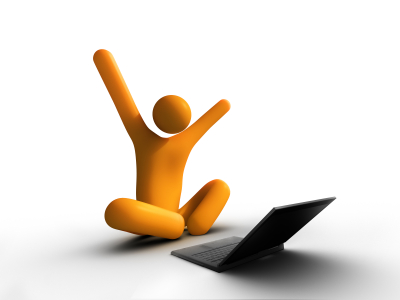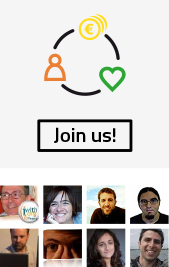 Why is usability important?
Why is usability important?How many times have you landed in a good-looking website, with a lot of attractive graphic elements and visual creative design...but you were not able to find the information you were searching? Or it would take so long for the page to load that you would eventually get tired of waiting and move on? It is something that we want to prevent form happening to our website.
If it takes more than 3 clicks for a user to find the information he needs, he will leave the page.
It is not (only) a question of editing. It is not (only) a question of aesthetics. What is it then?
Tips for creating an easy-to-use website:
- 7 x 3 Rule: in any given menu there should not be more than 7 principal items and never more than 3 levels of depth. The information has to be found at no more than 3 clicks from the main screen. These three levels of depth will be hierarchical organized in order to clearly convey the message: principal themes, secondary themes and final information.
- Short and clear titles, with a hook. Once the information is structured, we need to identify short, clear and appealing titles for all the categories and especially for the main ones as these will be the first exposed to the user. The navigation system has to be accesible and efficiently structured: intuitive access to information and different other options is essential.
- The homepage has to clearly inform about what the website is offering. It is the most important page in the website, the one that receives the largest number of visits and works as our business card.
- Avoid the excess: images have to quickly load. It is why we recommend using less graphic elements, small and compressed images. Flash presentations and intermediate pages will only delay the access to the information. If we want to keep them, we have to integrate them in the homepage or the header.
If you want to know more about the subject, we recommend some links that can be of interest:
In Spanish:
- Manual with examples and comments on the usability and Internet interface: www.desarrolloweb.com/manuales/5/
- “General principles of usability and website design" by Eduardo Manchón available at: http://www.alzado.org/articulo.php?id_art=56
We recommend in particular the articles by Jakob Nielsen, in English:
- Introduction to Usability: http://www.useit.com/alertbox/20030825.html
- Top Ten Guidelines for Homepage Usability: http://www.useit.com/alertbox/20020512.html
- Misconceptions About Usability: http://www.useit.com/alertbox/20030908.html











